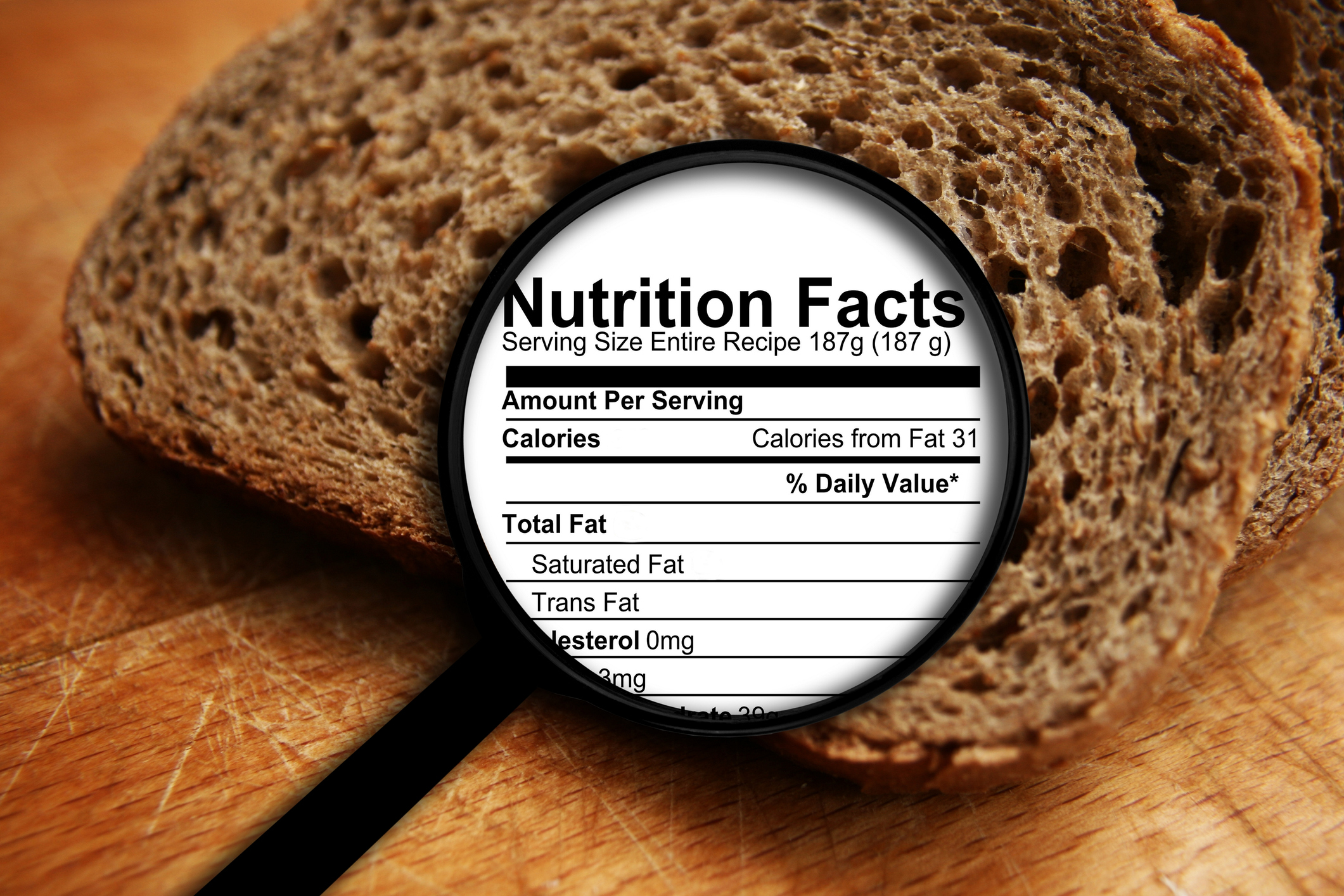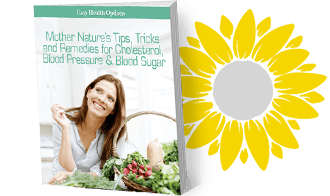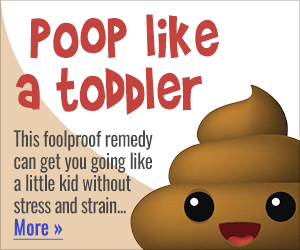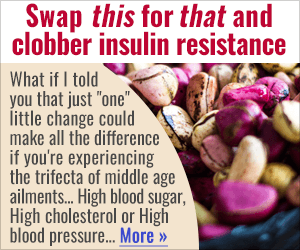Get Easy Health Digest™ in your inbox and don’t miss a thing when you subscribe today. Plus, get the free bonus report, Mother Nature’s Tips, Tricks and Remedies for Cholesterol, Blood Pressure & Blood Sugar as my way of saying welcome to the community!
Don’t get duped by ‘whole grain’ decoys’ deceptive labels

Whole grains are healthy. No ifs, ands or buts about it…
They contain lots of fiber that feeds the healthy bacteria in your gut and helps your body metabolize sugar in a more balanced way, so you don’t have blood sugar spikes. They’re filled with phytochemicals and essential minerals like magnesium, selenium and copper, which offer protection from chronic diseases, including some cancers. And they’re loaded with vitamin E, B vitamins and antioxidants, to boot.
So, filling your shopping cart to the brim with whole grains is one of the best decisions you can make for your health. Full stop.
But what if the whole grains you’re buying aren’t really whole grains?
You’re probably thinking… ”Of course, they’re whole grains. I know what I’m buying.” But mistakenly buying processed grains masquerading as whole grains is much more common than you might think.
New research shows that most people have a heck of a time picking out real whole grains from unhealthy imposters…
People accidentally choose unhealthy grains a lot of the time
A recent study from researchers at Tufts University proved that most people have a hard time parsing out the real from the fake when it comes to whole grains.
Researchers asked 1,030 U.S. adults to respond to a survey that included photos of hypothetical and real grain products. The photos showed the products, any whole grain labels on the packaging, the nutrition facts label and the ingredients list for each product.
For hypothetical products, researchers asked the participants to choose the healthier option. For real products, researchers asked participants to determine how much whole grain they contained. And guess what? People answered wrong nearly half the time.
For the hypothetical products, people thought the less healthy option was the healthier alternative 29-47 percent of the time. They were particularly tricked by wholegrain bread imposters, which they thought were healthier than they actually were 47 percent of the time. The packages on the hypothetical products either had no front-of-package whole grain label or were marked with “multigrain,” “made with whole grains” or a whole grain stamp.
For the real products, people overestimated the whole grain content 43 to 51 percent of the time. They especially had a hard time with 12-grain bread, which they thought contained more whole grains than it actually did 51 percent of the time. The packages on the real products displayed the actual product markings, including “multigrain,” “honey wheat” and “12 grain.”
Now, the primary reason these researchers decided to perform this study is that grain product manufacturers are notorious for trying to make their products seem like they contain whole grains even when they don’t. They color them dark brown. They put “multigrain” on the label. And they use a variety of other tactics to bait health-conscious consumers into buying their products. Unfortunately, based on the results of this study, their tricks work far too often.
“I would say when it comes to deceptive labels, ‘whole grain’ claims are among the worst. Even people with advanced degrees cannot figure out how much whole grain is in these products,” said co-author Jennifer L. Pomeranz, assistant professor of public health policy and management at NYU School of Global Public Health.
How to make sure you’re getting whole grains
Currently, 42 percent of most Americans’ daily calories come from low-quality, highly processed carbs. The grains used in these carbs are stripped of almost all the nutrients (and health benefits) you’ll find in whole grains.
So, swapping processed grains for whole grains could make a massive difference in the health of Americans. But first, people must be able to see through the deceptive labeling of grain products.
Here are a few tips to help you choose your grains wisely…
- Just because bread is brown doesn’t mean it’s made from whole grains. Just because bread looks white doesn’t mean it’s made from white flour. Its color doesn’t matter, its content does. So, always read the ingredient list.
- For bread to be labeled “whole wheat,” it must contain 100 percent whole-wheat flour. But other labels like “multigrain” or “seven grain” don’t need to follow the same rules. So, check the label and make sure the first ingredient is whole wheat flour or another whole grain flour.
- If you really want to make sure you’re getting the most health benefits for your buck from whole grains, try to eat them in their purest form. That means eating less of the more processed wholegrain foods, like breads, crackers and cereals. Here are some solid whole grain options to add to your diet now:
- Buckwheat
- Bulgur
- Millet
- Quinoa
- Sorghum
- Whole rye
- Barley
- Oats
- Whole wheat
- Spelt
- Brown rice
Editor’s note: Did you know that when you take your body from acid to alkaline you can boost your energy, lose weight, soothe digestion, avoid illness and achieve wellness? Click here to discover The Alkaline Secret to Ultimate Vitality and revive your life today!
Sources:
- Confused by whole grain labels on food packaging? Study finds you’re not alone — MedicalXpress.
- Consumer confusion about wholegrain content and healthfulness in product labels: a discrete choice experiment and comprehension assessment — Public Health Nutrition.
- Whole Grains — Harvard T.H. Chan School of Public Health.
- How to Add Whole Grains to Your Diet — Academy of Nutrition and Dietetics.














